What is a white paper? A beginner’s guide on how to write and format one
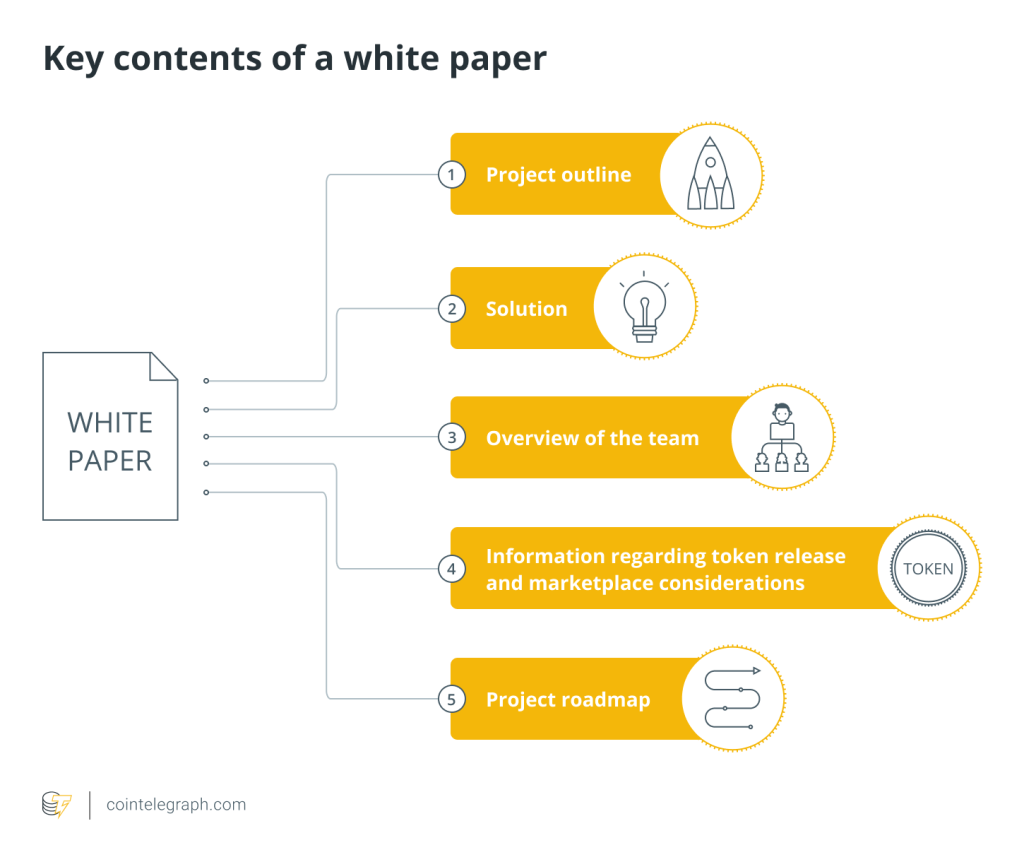

“White paper” is a term business-minded individuals will come across at some point in their careers. Whether it's serious or meme-driven, the white paper has become a staple in the crypto industry.
Even retail investors have grown accustomed to reviewing white papers before investing in a crypto project. For many crypto projects today, the white paper is considered by many to be the most important part of the launch. The paper is the only real requirement, even before launching a website.
But what is a white paper? This article answers this question before covering how to write a white paper.
What is a white paper? A definition
White papers have been around for circa 100 years, and are the brainchild of the British government. These papers informed the public about key decisions made by certain government agencies.
Today, the white paper is a marketing tool that's used to persuade and influence decision-makers. So why is it called a white paper? It's a British government designation. The color “white” indicates that the document is available for public access.
Since then, this traditionally scientific paper has ventured out into the public domain. Once the paper entered the foray of commercial usage, its purpose was to be read by any potential customer.
These papers are neither flashy presentations nor are they too salesy. Instead, the white paper is presented as a “serious” document akin to a scientific paper. So what is the purpose of a white paper? The original purpose of the paper was to educate. Today, these papers educate people about the project’s products and services.
Because white papers are usually published on websites, they're considered a form of inbound marketing. In business-to-business (B2B) marketing, white papers are used for various purposes. Businesses use white papers to achieve several goals, such as promoting thought leadership and growing an email list. White papers are also used to establish brand legitimacy and convert prospective customers.
These documents are still produced by government authorities. Still, the white paper enjoys a wide range of use cases throughout the public and private domains.
Before writing the white paper
Many people look for a white paper template, but templates aren't necessary. Templates, in general, act more as guidelines. As long as a writer understands the structure of a white paper and how all the sections work together, the paper should sell the target audience on the project in question.
The paper doesn't have to be lengthy, but it shouldn't be written like a blog post. Blog posts tend to be shorter. Yet, even the lengthier ones may have objectives that differ from those of a white paper. For example, white paper goals include nurturing an audience or driving active sign-ups to a webinar.
These actions don't cost the audience any money, so the aim of writing, and thus the type of writing, differs significantly. In contrast, a crypto audience reading a paper must be persuaded to buy one of many digital currencies to support the project.
Before writing a word, or even before performing the research, the writer must identify the target audience. This way, the writer can quickly determine the language they should use in the paper, as well as the psyche of their audience. This approach should also aid in the research direction.
Research is the cornerstone of a great white paper. The research includes diving into the project team, the technical aspects of the product or service to be offered and why it’s the best solution to an old problem.
And because the focus of readers is on crypto white papers, there is no room for error when it comes to writing about the technical aspects.

What should a white paper include?
According to “Writing white papers” author Michael Stelzner, the white paper should start with a problem or challenge that the reader is experiencing. Doing so is the easiest way to grab the target audience's attention and hit their pain points.
Once they're reading further, the aim is to present statistics, diagrams and facts to drive home the main points of the paper. Finally, the paper presents the solution, which is the service or product offered by the project team. If the author has produced a work of quality, then the solution will tie in nicely with the problem.
Once the solution has been presented convincingly, the next step is to showcase the team. This section should persuade the reader—without resorting to salesy language—that the team is capable of delivering on the project's promises (i.e., the solution).
The team section may include real photos, short biographies, and LinkedIn and Twitter profiles links. Sometimes, the team includes NFTs as their profile photos, although this might not be the best approach to gaining trust. These trust signals invite the reader to explore further, while at the same time showing them that the team has nothing to hide.
In addition to the above, the paper may present information regarding token releases and marketplace considerations. This should include details about crypto tokens, such as their value, the number of tokens to be in circulation, and the platform on which they are to be issued.
Another crucial element to include is how you plan to allow investors to redeem their tokens and information on what will happen if your fundraising method (such as initial coin offering or ICO) falls short of its financial goals (investor refund process). The terms and conditions, or a link to your website where they may discover them, should also be included in this part.
Finally, the paper may conclude with a roadmap. The roadmap is usually broken down into quarterly goals. These goals help readers tie together what they read earlier in the paper, specifically the problems which will be addressed, with the solutions the project will provide.
By breaking the roadmap down in this manner, the paper helps the target audience to conceptualize the project in a more tangible form. Once the project launches, readers and investors alike can use the roadmap to track whether the team is meeting their stated goals.
On the other end, the roadmap helps to keep the team accountable. Are they meeting their declared goals? Because the team knows that the audience is watching, missing a goal has the potential to damage the project's reputation.
White paper formatting and design
Once the white paper is complete, formatting should be a top priority. Readability is overlooked in many of these papers, making them illegible.
Because the mainstream adoption of crypto is taking place, it's also important to consider beginners in the audience. People new to crypto will not know many terms that are ubiquitous in the crypto lexicon. It’s always best not to assume that your target audience comprehends crypto terms and concepts when writing for them.
Another formatting consideration is white space. Some white papers are hard to read because the lack of white space overwhelms the reader. (Read more about white space here.)
Writers should confirm that there is enough padding on all sides. It's important to pay special attention to the spacing between paragraphs and other elements. Other elements may include graphs, illustrations and other visual assets that help to drive the main points home.
By giving the reader enough white space, the paper is helping them “to breathe” as they pause and take a break before moving on to the next section. It may seem counterintuitive, but these breaks allow readers to digest the information and continue reading until the end.
Design decisions should also not be left to the whims of the team. An exceptional, well-written paper can sell a project independently, as long as the tokenomics are sound. Still, even such a paper would be well served if its owners did not neglect its design.
Graphic designers can help with the formatting issues outlined above. Yet, where the designers leave their mark is in ensuring that all the visual design elements align with the brand messaging and identity. Doing so guarantees a smooth customer experience for the target audience.
In contrast, choosing to ignore the design can result in a jarring experience. Readers might even have trouble remembering which business or brand published the paper.
A smooth customer experience is why design decisions should be left to a skilled designer. Such a designer understands the project's identity, its target audience and key objectives. Furthermore, the designer can collaborate with the writer to verify that all the elements are related and make sense.
When content and visual elements complement each other, they enhance their qualities, thus ensuring a holistic experience.
Two famous white paper examples for inspiration
This section looks at two of the most cited white paper examples in crypto: The Bitcoin white paper and the Ethereum white paper.
The Bitcoin white paper isn't a “white paper” in the traditional sense, and this is a misnomer. What the anonymous author Satoshi Nakamoto wrote is an academic paper. Users can read the original paper here.
In contrast, the Ethereum white paper is more of a white paper. The Ethereum paper deviates from the traditional study format. It's treated more like a living document that's edited and improved over time with addendums.
That's why the Ethereum paper has shifted from being a white paper to more like a reference user manual or technical documentation. The Ethereum white paper (spelled “whitepaper” in this instance) is available in full here.
How to get a white paper without writing one
If a business owner does not have the time or requisite skills to write a white paper, they can always hire a writer. Many business writers specialize in white paper writing. There's no shortage of excellent white paper writers available for hire.
It's also an extra consideration for those who work in the crypto industry. Some engineers and coders have a hard time writing for their audience in a relatable way.
White paper writers may cost a lot more than freelancers found on platforms like Fiverr and Upwork. Still, the investment is a necessary and prudent one. A great paper will make a project team's job that much easier.
Specifically—and most importantly, a convincing white paper makes it easier to generate buzz. Generating buzz makes it easier to raise funds, regardless of the launch model chosen by the crypto project.
A project may choose to go with an initial stake offering (ISO), or even a more traditional finance-friendly approach like an initial public offering (IPO) or venture capital funding. It doesn't matter. A white paper will serve every serious project well.

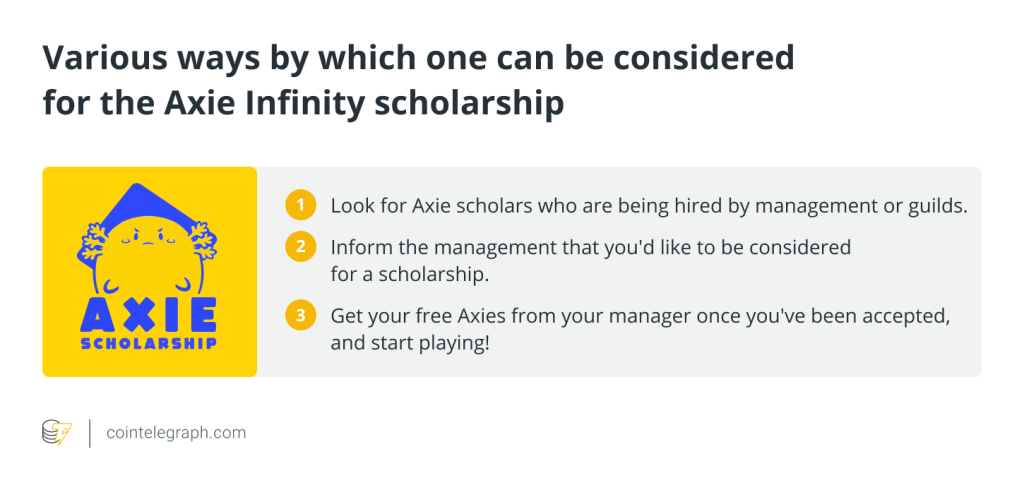
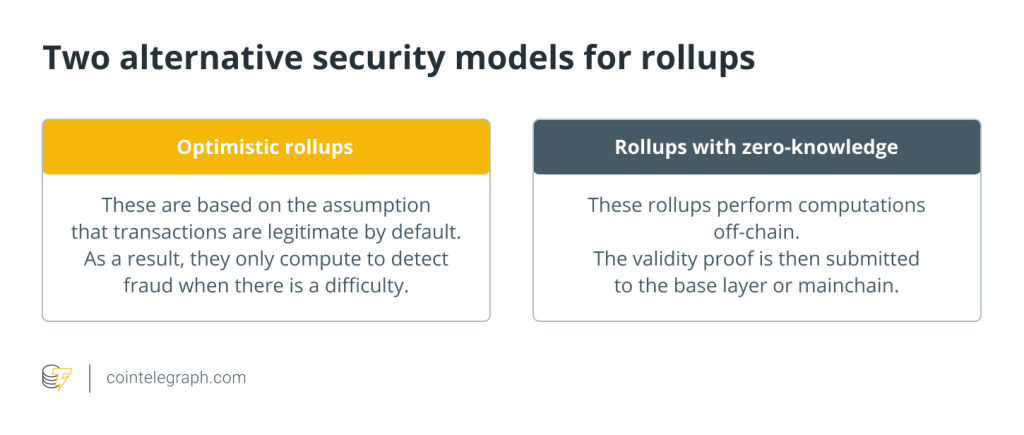
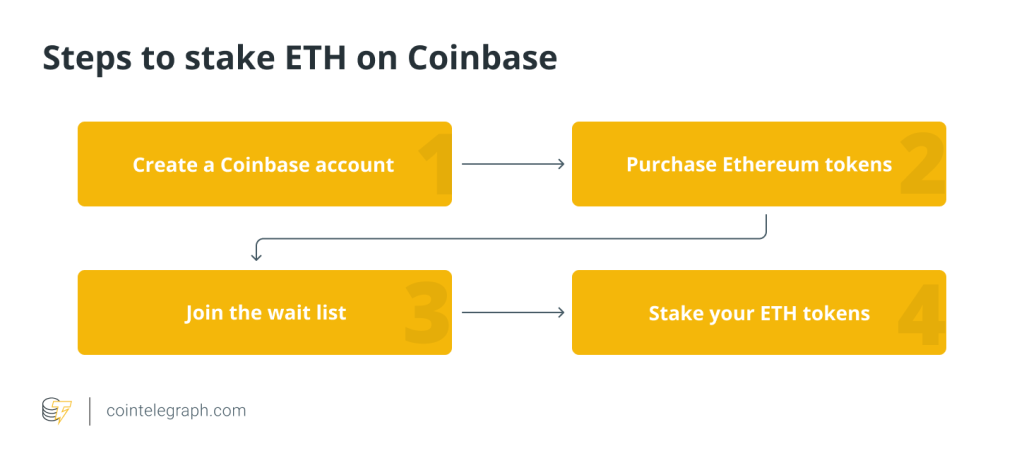
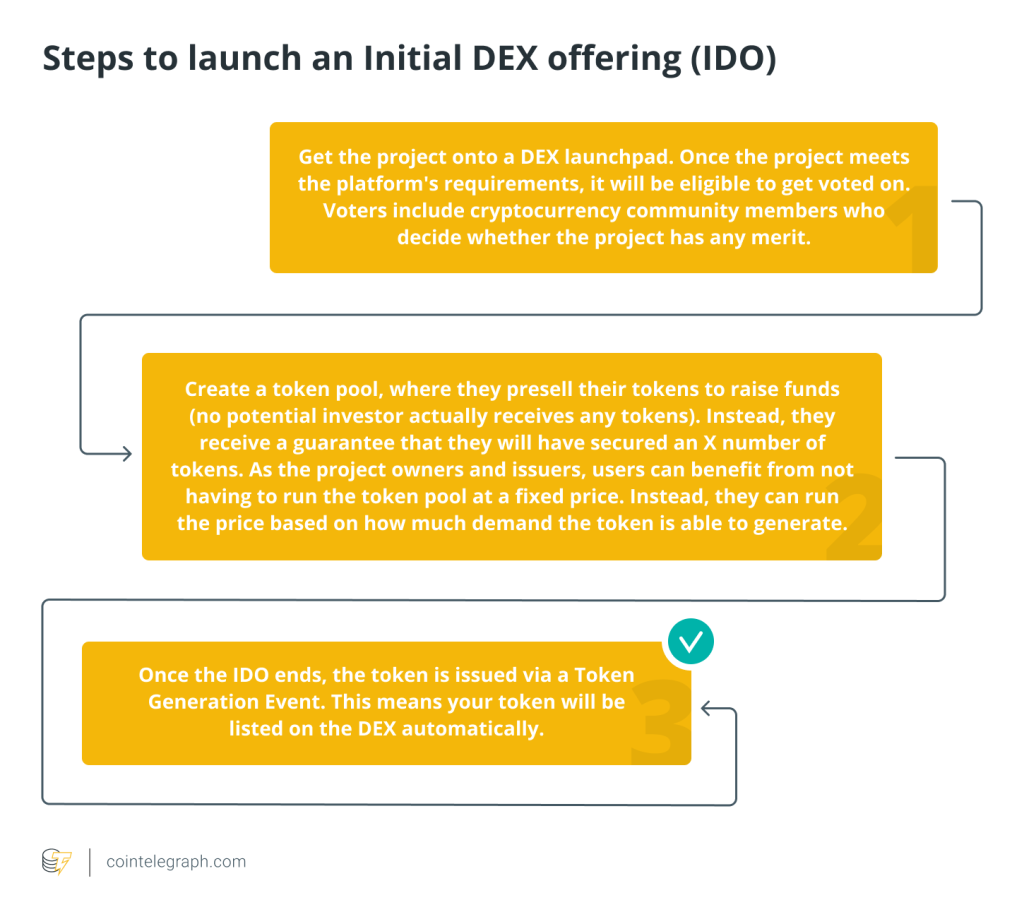
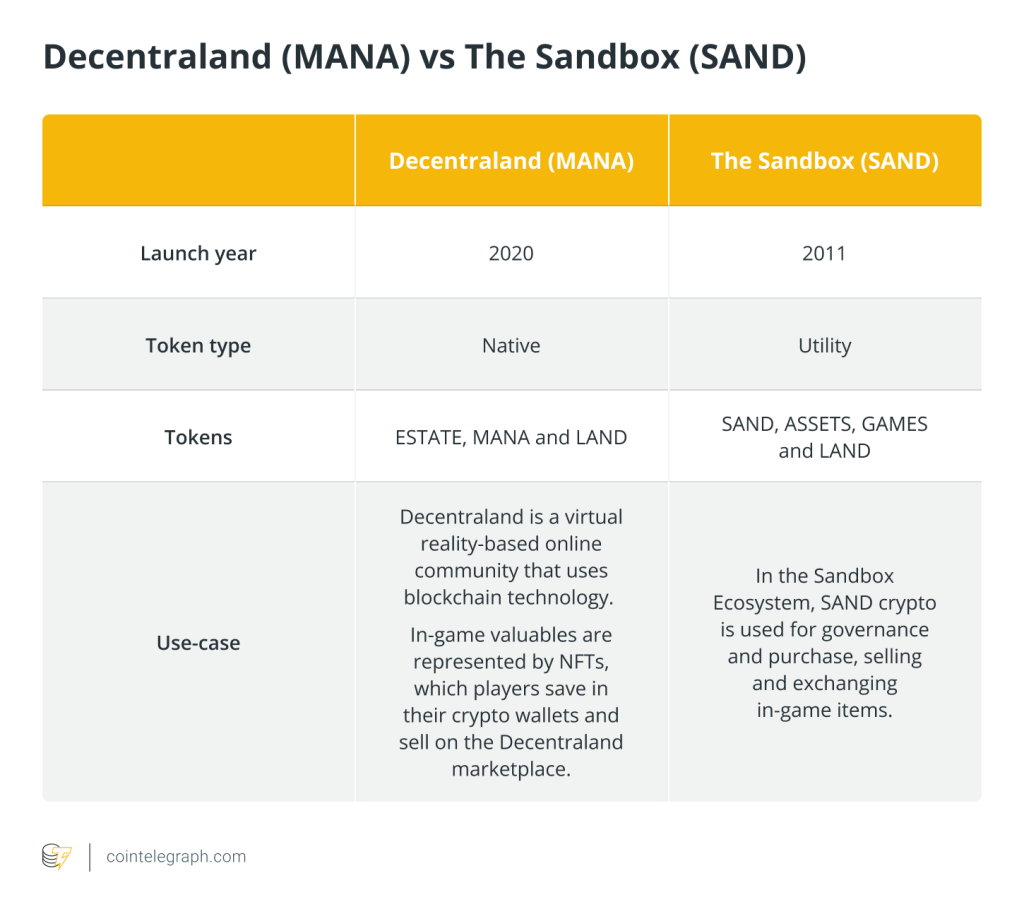
… [Trackback]
[…] Find More on that Topic: x.superex.com/academys/beginner/3030/ […]
… [Trackback]
[…] Find More on on that Topic: x.superex.com/academys/beginner/3030/ […]
… [Trackback]
[…] Read More on on that Topic: x.superex.com/academys/beginner/3030/ […]
… [Trackback]
[…] Here you will find 3205 additional Information on that Topic: x.superex.com/academys/beginner/3030/ […]
… [Trackback]
[…] Read More on that Topic: x.superex.com/academys/beginner/3030/ […]
… [Trackback]
[…] Read More here on that Topic: x.superex.com/academys/beginner/3030/ […]
… [Trackback]
[…] Read More here on that Topic: x.superex.com/academys/beginner/3030/ […]
… [Trackback]
[…] Find More here on that Topic: x.superex.com/academys/beginner/3030/ […]
… [Trackback]
[…] Here you can find 67246 additional Information on that Topic: x.superex.com/academys/beginner/3030/ […]
… [Trackback]
[…] Read More on on that Topic: x.superex.com/academys/beginner/3030/ […]
… [Trackback]
[…] Find More on that Topic: x.superex.com/academys/beginner/3030/ […]
… [Trackback]
[…] Info on that Topic: x.superex.com/academys/beginner/3030/ […]
… [Trackback]
[…] Info to that Topic: x.superex.com/academys/beginner/3030/ […]
… [Trackback]
[…] Read More Information here to that Topic: x.superex.com/academys/beginner/3030/ […]
… [Trackback]
[…] There you can find 85641 additional Info on that Topic: x.superex.com/academys/beginner/3030/ […]
… [Trackback]
[…] Read More on on that Topic: x.superex.com/academys/beginner/3030/ […]
… [Trackback]
[…] Read More Info here to that Topic: x.superex.com/academys/beginner/3030/ […]
… [Trackback]
[…] Find More on that Topic: x.superex.com/academys/beginner/3030/ […]